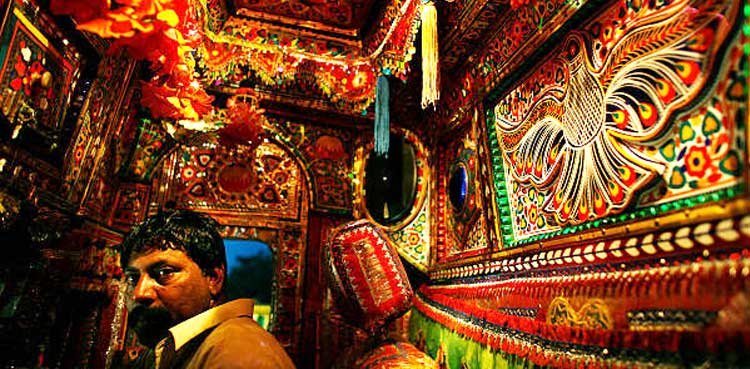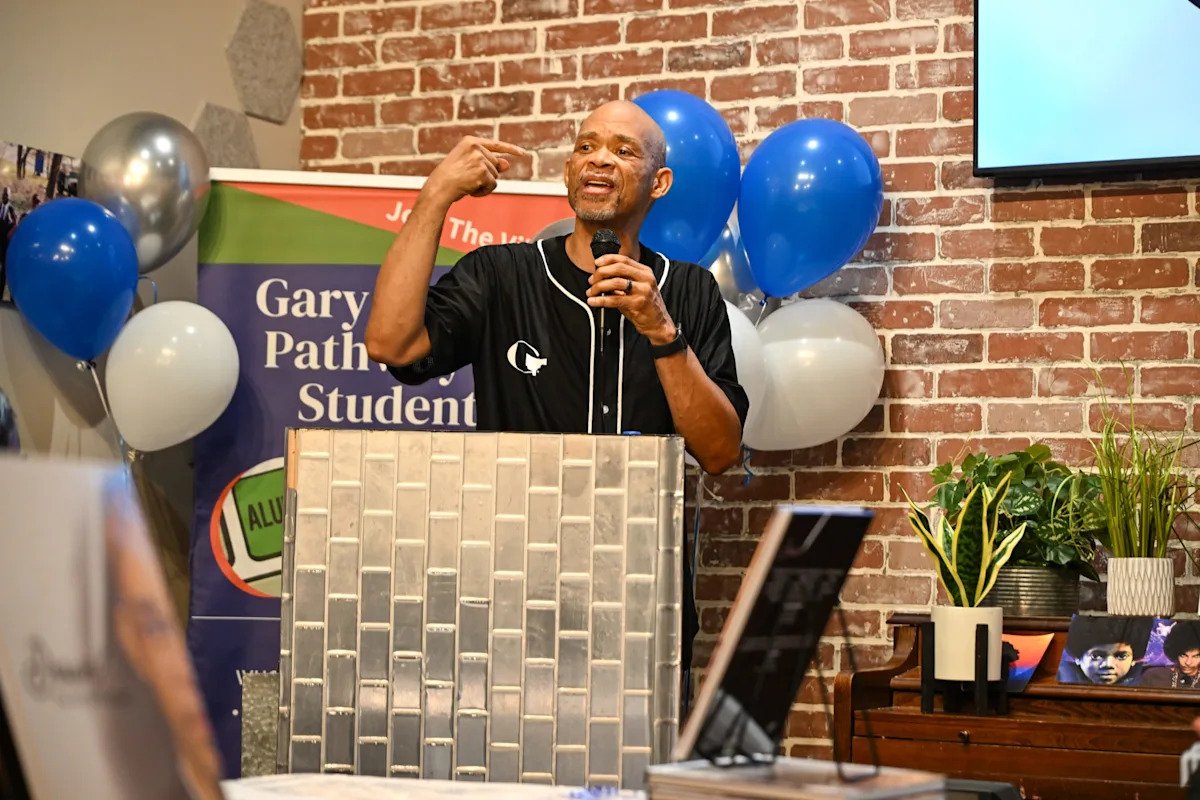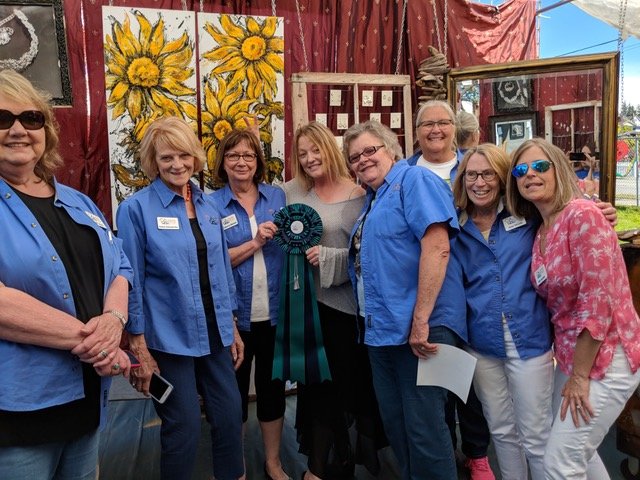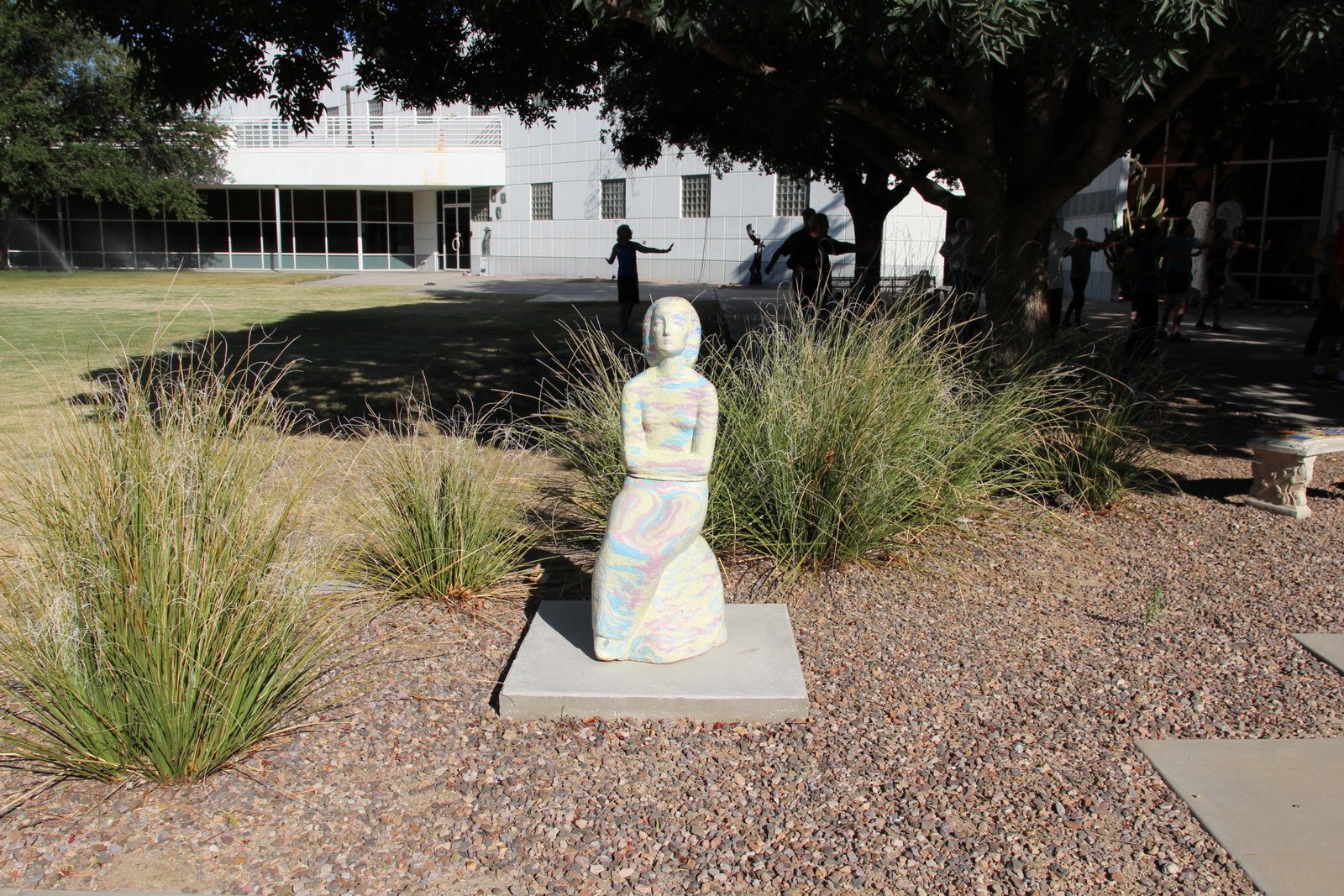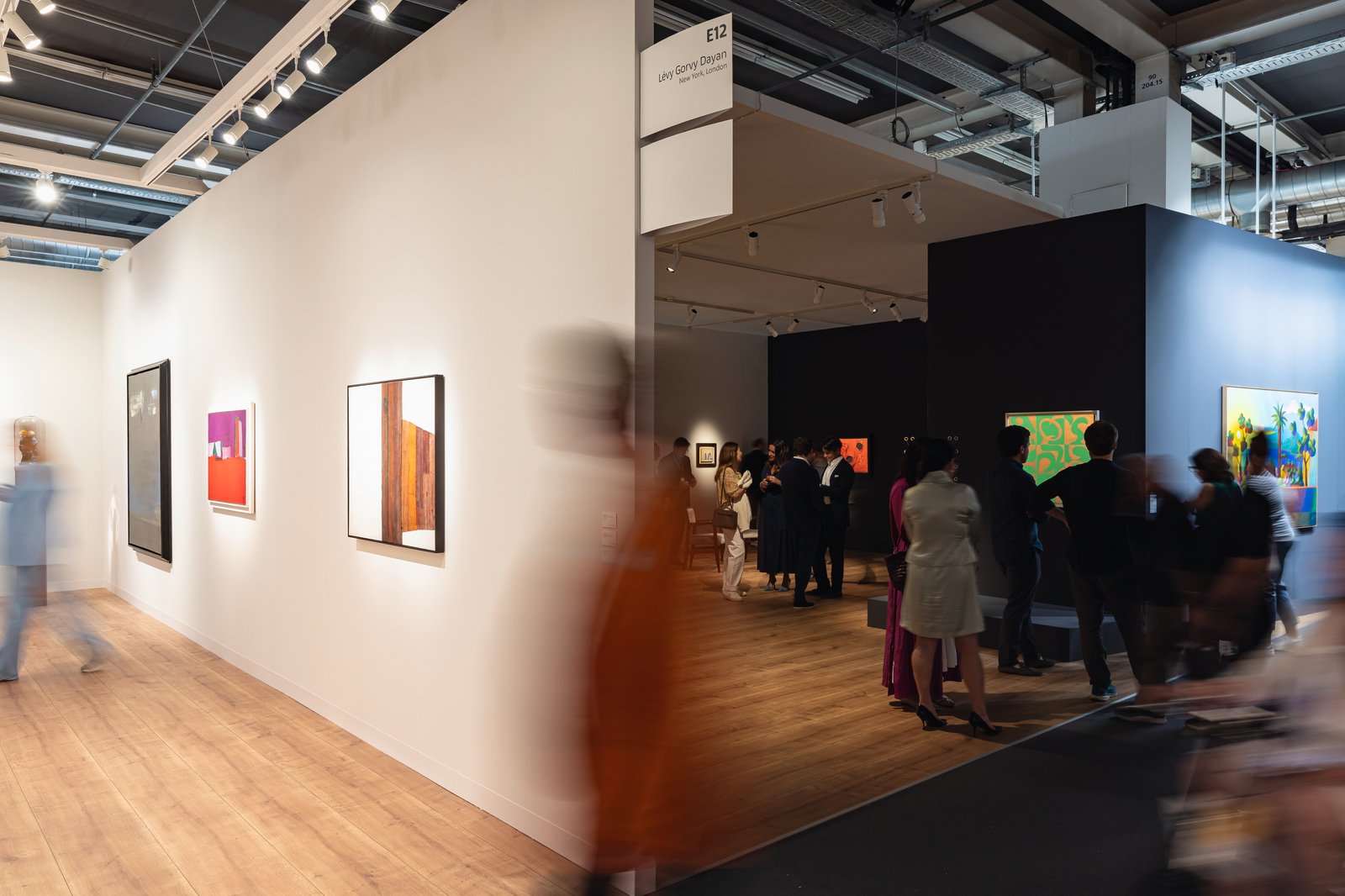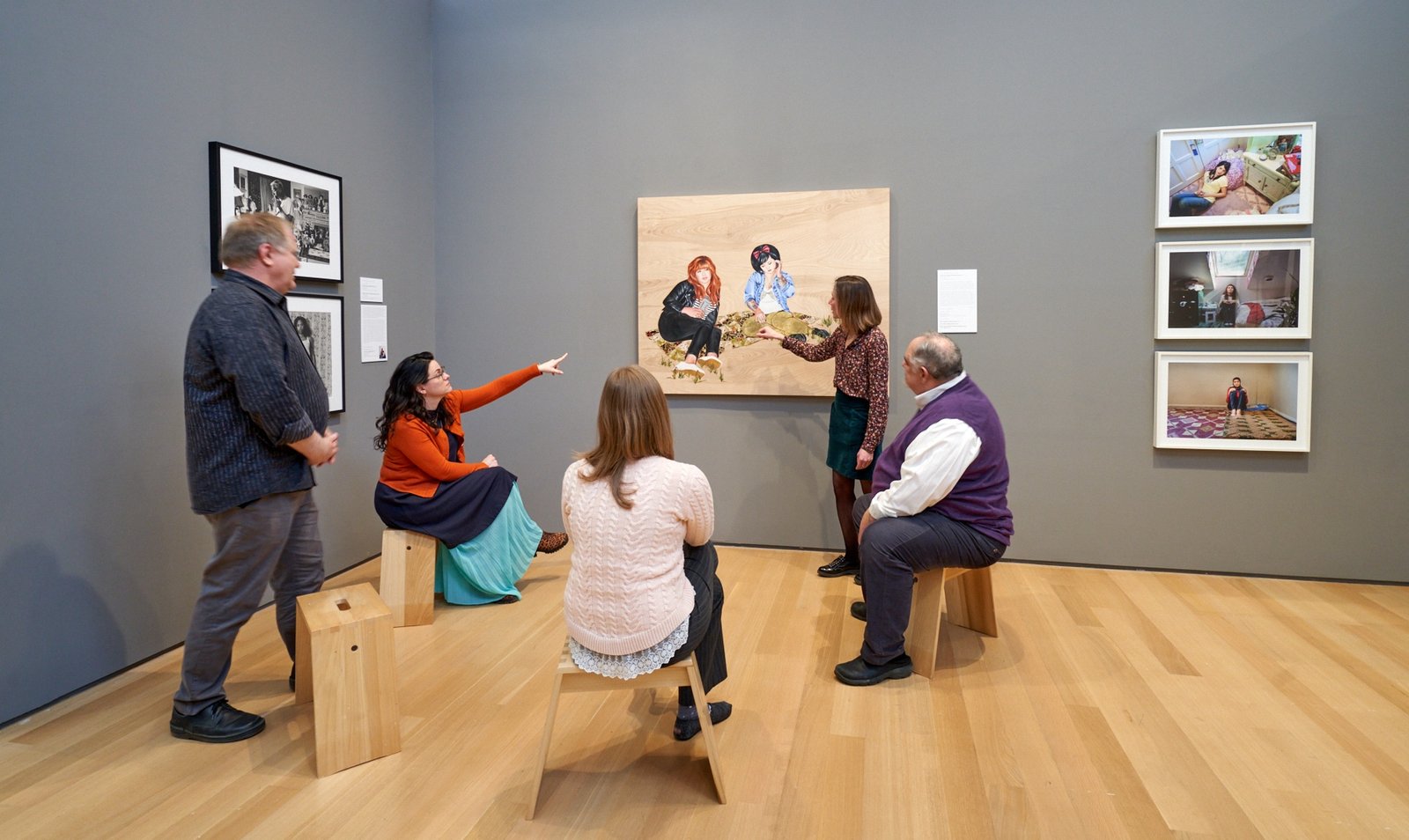Driving on a busy highway in Pakistan, all of a sudden, you see a truck, and it doesn’t look like any other truck. It has got colors pouring down it and flowers, birds, poetry, and patterns bold enough to almost sing.
This is truck art—one of Pakistan’s most vibrant and colorful, and some might say, happiest traditions. Each truck becomes a moving canvas carrying not only goods but also the dreams, stories, and spirit of its owner across the country.
What is meant by truck art in Pakistan?
In Pakistan, truck art is much more than just decoration. It is an identity of the rude driver on wheels, showing who the driver is, where he comes from, and what he loves. Every truck is different, painted with a mix of bright colors, flowing calligraphy, floral patterns, and folk tales.
These trucks move on as rolling galleries telling stories of love, hope, faith, and sometimes even heartbreak. The art is loud and proud; never shy. No color is too bold, no design too intricate. The result is a beautiful chaos that makes every journey a little brighter.
Where Did Truck Art in Pakistan Originate?
Truck art’s roots go back to the 1950s, after Pakistan became independent. But before that too, people enjoyed painting their horse-pulled carriages in bright colors and patterns. With the arrival of Bedford trucks from England into Karachi, the artists of the city got a new, larger canvas.
Truck artists began to polish these trucks with the same care and imagination formerly given to carriages and shrines. Sufi symbols—telling of divine messages and protective blessings—found their way onto the trucks, turning them into moving amulets.
It has gradually spread from Karachi to the farthest ends of the country while acquiring different styles and tales along the way.
Which Regions Are Famous for Truck Art?
Karachi is still the heart of truck art, with hundreds of workshops where families and teams of artists work day and night.
The style here is garish, glorified by the reflective surfaces of mirrors, glass, and even disco lights on trucks, with Peshawar and Swat infusing the tribal tradition with bold colors and heavy inlay work on wood.
Trucks in Punjab are known for their poetic calligraphy and rich floral motifs, whereas trucks in Balochistan offer strong geometric prints inspired by the desert and contrasting designs. Each region contributes its own twist to become a real patchwork of art styles down the highway.
What Types of Vehicles Showcase This Art?
Though Bedford trucks are the classic masterpieces of truck art, they are not alone. Mazda and Hino trucks, which are used for long journeys between cities, can also be dipped in art. Trolleys, tractor bumpers, and dumpers, working at various construction sites, attract zany slogans and pay-offs. While the fun also goes to rickshaws and buses that replicate the magic of truck art in miniature. The art seems to sparkle wherever you look—from the huge trucks to little rickshaws.
What Are the Key Elements of Truck Art?
Everything on a truck can be treated as art. Peacocks, tigers, and eagles come up often as symbols of power, beauty, and pride. Landscapes, mosques, and spiritual images serve as reminders to the driver of home and faith. As the truck rumbles along, chains, bells, mirrors, and 3D metalwork dangle from the sides and jingle.
This is why foreign tourists have given them the name “jingle trucks.” Colors have never taken a back seat: the bright reds, oranges, blues, and greens all contend with each other to ensure that the truck is conspicuous even on the busiest road.
What Messages and Poetry Do Trucks Display?
One of the most interesting elements of truck art is the poetry and slogans that adorn every surface. Their writings give us a faint window into the heart of the driver.
Some of the best multiplications include “Dekh magar pyar se” and “Maa ki dua, jannat ki hawa.” Other slogans are witty, like “Horn na maro, driver so raha hai,” while others are meant to keep away evildoers: “B coax, tuwalla.” These phrases are carefully chosen to either create a smile, make an impact, or simply connect subjects.
Who Are the Artists Behind This Craft?
Truck art is a craft passed from one generation to the next. Most artists are trained not in schools but in shops as apprentices—shagird—to master painters, ustaads.
Oftentimes, entire families work together, with each one performing a certain job. An agricultural tools manufacturer, Shaukat Agricultural Industry, is doing a well-known job in truck art on tractor tools like trolleys, bumpers, ploughs, routers, and more. It is a hard job, usually done in noisy and crowded workshops; pride is huge. For many, painting trucks is a way of life and a source of deep honor.
It’s not simply an occupation for many artists, but a way of life.
Why Is Truck Art Culturally Significant?
Truck art symbolizes national pride, celebrating the folk history and regional diversity of Pakistan while turning highways into living museums. For drivers, their trucks decorated in art embody a home away from home, a haven during long stretches away from family.
The decor is a projection of their imperfect emotions, beliefs, and superstitions, rendering each truck a personal statement. Even for those who never drive a truck, these moving pieces of art offer a welcome sense of joy and belonging.
How Has Truck Art Gained Global Recognition?
Pakistani truck art, in recent times, has gained international fame. It is showcased in fashion weeks, art galleries, and international exhibitions. Designers apply truck art motifs to the design of bags, shoes, and aircraft tails: Pakistan International Airlines has even painted a plane in truck art! Artists have transformed trucks into installations and murals, thereby introducing this colorful tradition to people far beyond the borders of Pakistan.
How Is Truck Art Evolving in Modern Times?
Truck art has not been left behind. Today the same designs are available in some form or the other in the form of posters, cloth works, or cell phone covers. In Visual Communication, the PakistaniArt magazine’s logo is inspired by the pan patti (betel leaf) element of truck art.
The artists work with brands and NGOs to use truck art for education, health, and socio-political messages. Thus, old and new merge and coexist, keeping tradition living and changing, proving the art is as dynamic as the country itself.
In a way, truck art transcends the mere decoration of vehicles; it serves as an enveloping mobile culture, identity, and creativity that remains an elation of the fact that art can turn the ordinary into the extraordinary.

